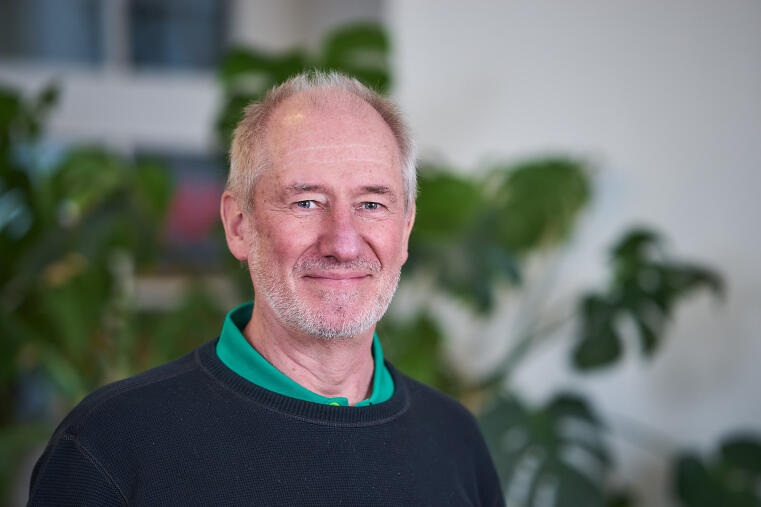
Research Topic
Biological membranes are dynamic structures that can organize into a large number of transient domains of different sizes and stability. The formation and function of these membrane domains are determined by properties of the membrane lipids, those of integrated and associated membrane proteins as well as contacts to the underlying cytoskeleton. We study general aspects of cell membrane organization focusing on the biological role of membrane domains in intracellular trafficking. Central questions are: (i) What is the nature of transient membrane domains that serve as hubs for endo- and/or exocytosis at the plasma membrane, (ii) How do these membrane domains form and how are they stabilized, (iii) How does their dynamic nature affect membrane transport from and to the plasma membrane. Here we focus on two central membrane-related events in endothelial cells that form the inner lining of blood vessels. First, the regulated exocytosis of unique secretory granules, the Weibel-Palade bodies that store important factors controlling vascular hemostasis and local inflammation. Second, the rapid repair of plasma membrane wounds that are inflicted by mechanical stress, e.g. in the course of interactions with circulating leukocytes. We use live cell microscopy to visualize membrane domains and vesicle trafficking in primary endothelial cells and model membranes of defined composition to study biophysical and biochemical parameters of membranes.
Selected Publications
- Gerke, V., Gavins, F.N.E., Geisow, M., Grewal, T., Jaiswal, J.K., Nylandsted, J., and Rescher, U. (2024). Annexins-a family of proteins with distinctive tastes for cell signaling and membrane dynamics. Nat Commun. 15(1):1574. doi: 10.1038/s41467-024-45954-0.
- Naß, J., Terglane, J., Zeuschner, D., and Gerke, V. (2024). Evoked Weibel-Palade Body Exocytosis Modifies the Endothelial Cell Surface by Releasing a Substrate-Selective Phosphodiesterase. Adv Sci (Weinh). 11(16):e2306624. doi: 10.1002/advs.202306624.
- Raj, N., Greune, L., Kahms, M., Mildner, K., Franzkoch, R., Psathaki ,O.E., Zobel, T., Zeuschner, D., Klingauf, J., and Gerke, V. (2023). Early Endosomes Act as Local Exocytosis Hubs to Repair Endothelial Membrane Damage. Adv Sci (Weinh). 10(13):e2300244. doi: 10.1002/advs.202300244.
- Naß, J., .Koerdt, S.N., Biesemann, A., Chehab, T., Yasuda, T., Fukuda, M., Martín-Belmonte, F., and Gerke, V. (2022). Tip-end fusion of a rod-shaped secretory organelle. Cell Mol Life Sci. 79(6):344. doi: 10.1007/s00018-022-04367-2.
- Holthenrich, A., Drexler, H.C.A., Chehab, T., Naß, J., and Gerke, V. (2019). Proximity proteomics of endothelial Weibel-Palade bodies identifies novel regulator of von Willebrand factor secretion. Blood. 134(12):979-982. doi: 10.1182/blood.2019000786.

